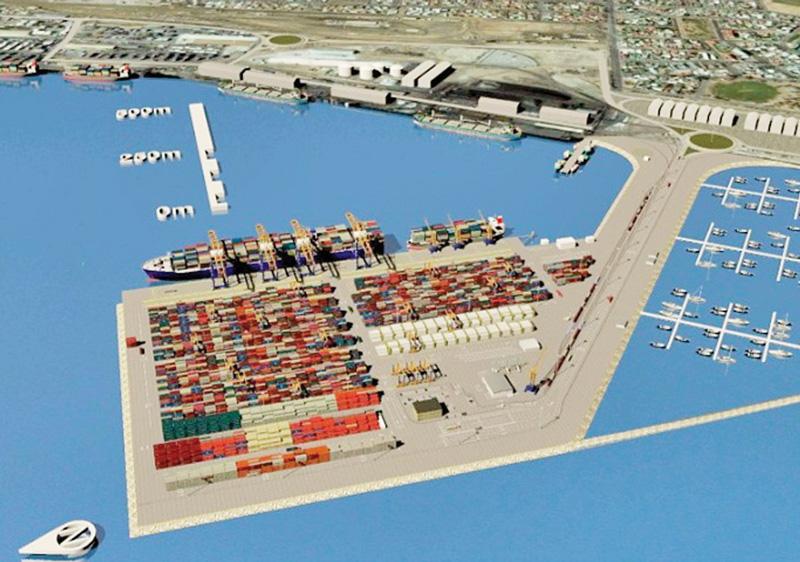
Forsys secures funds to complete feasibility study
Prospective uranium producer, Forsys Metals Corporation has secured funding through a non-brokered private placement totalling A$2,355,00 to see through the completion of its feasibility study as well as for general working capital purposes.
This will pave the way for potential investors to lock in funds after a de-risking exercise is carried out, anticipated to be completed before the end of the year. An investor fact sheet prepared by Forsys forecasts production at Norasa to commence in the last quarter of 2016.
Chief Executive Officer of Forsys, Mr. Marcel Hilmer said, “The imminent closing of our Private Placement will, in light of challenging market conditions, augment the progress we have made at Norasa as well as to our potential of becoming a low-cost uranium producer.” Forsys’ principal shareholders, Leo Fund Managers as well as certain Forsys officers and directors will participate in the private placement, a move backed by the Forsys board of directors. Hilmer added, “We are particularly pleased by the ongoing support demonstrated by Leo Fund Managers, our largest shareholder. Their investment demonstrates a continuing commitment to Forsys specifically, and to the uranium industry in general.”
The Feasibility Study, which is being prepared by AMEC Australia Pty Ltd, is progressing as expected and within budget. Current activities include conducting a test-work and piloting campaign to confirm previously observed low reagent consumptions. In addition, previously conducted studies are being updated to incorporate flow sheet improvements identified in recent engineering cost studies. These improvements are expected to result in lower operating costs and reduced plant complexity.
Forsys anticipates completing the feasibility study in the first quarter of 2015. Near-term milestones include; confirmation of lower reagent consumptions, updating the capital cost for the process plant to incorporate the positive results from optimization studies, and, updating plant operating costs to reflect an optimized flow sheet that reduces production complexity and input costs.











































